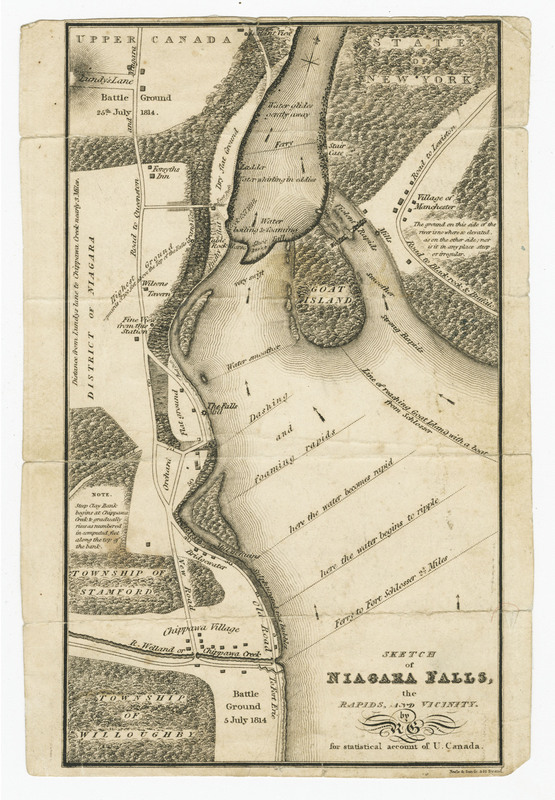Battle of Lundy's Lane
A Turning Point
On July 3, 1814, a force of 3500 Americans under the command of Major General Jacob Brown crossed the Niagara River above the Falls and captured Fort Erie. The invasion was part of an ambitious plan to gain control in Upper Canada. The Americans intended to meet up with their Lake Ontario squadron and continue to raid in areas along the Lake such as Burlington, York, and Kingston. Although the invasion initially proved to be relatively easy for the Americans, it would soon lead to a battle at Lundy's Lane. It was the bloodiest and most deadly battle of the war, with both sides suffering heavy casualties.
After their initial success at Fort Erie on July 3, the Americans moved further into Upper Canada and engaged in battle with the British at Chippawa on July 5. After a resounding American victory, the British retreated to Fort George, with the Americans following as far as Queenston. Both sides regrouped, and the Americans began an advance towards Lundy's Lane on July 25. Knowing that the Americans were approaching, the British established their guns on the high ground at Lundy's Lane.
The battle began in the late afternoon and lasted until around midnight when the Americans retreated towards Chippawa. Although both sides have claimed victory in the battle, it was especially significant to the British. The retreat prevented the Americans from executing their plan to meet up with their naval squadron and gain more control in Upper Canada. It was an important turning point in the War of 1812.
